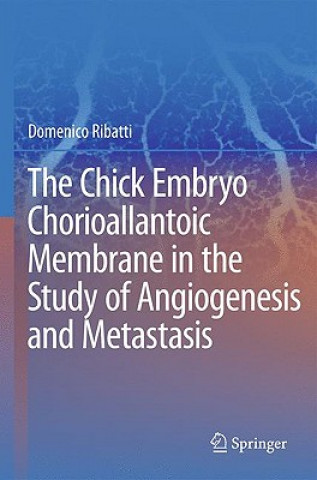
Kód: 01973123
Chick Embryo Chorioallantoic Membrane in the Study of Angiogenesis and Metastasis
Autor Domenico Ribatti
The chick embryo chorioallantoic membrane (CAM) is an extraembryonic membrane which serves as a gas exchange surface and its function is supported by a dense capillary network. Because of its extensive vascularization and easy acc ... celý popis
- Jazyk:
 Angličtina
Angličtina - Väzba: Pevná
- Počet strán: 124
Nakladateľ: Springer, 2010
- Viac informácií o knihe

139.43 €

Skladom u dodávateľa v malom množstve
Odosielame za 12 - 17 dní
Potrebujete viac kusov?Ak máte záujem o viac kusov, preverte, prosím, najprv dostupnosť titulu na našej zákazníckej podpore.
Pridať medzi želanie
Mohlo by sa vám tiež páčiť
-
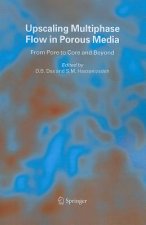
Upscaling Multiphase Flow in Porous Media
139.43 € -

Influence of Sea Power upon the French Revolution and Empire, 1793-1812
75.70 € -

Monsieur Notebook Leather Journal - Black Plain Small A6
11.45 € -14 % -

Contraction and Convergence
17.89 € -

Crossovers
35.18 € -

We are Mesquakie, We are One
17.38 € -

Historians Without Borders
217.59 €
Darujte túto knihu ešte dnes
- Objednajte knihu a vyberte Zaslať ako darček.
- Obratom obdržíte darovací poukaz na knihu, ktorý môžete ihneď odovzdať obdarovanému.
- Knihu zašleme na adresu obdarovaného, o nič sa nestaráte.
Viac informácií o knihe Chick Embryo Chorioallantoic Membrane in the Study of Angiogenesis and Metastasis
Nákupom získate 345 bodov
 Anotácia knihy
Anotácia knihy
The chick embryo chorioallantoic membrane (CAM) is an extraembryonic membrane which serves as a gas exchange surface and its function is supported by a dense capillary network. Because of its extensive vascularization and easy accessibility, the CAM has been broadly used to study the morpho-functional aspects of the angiogenesis process in vivo and to investigate the efficacy and mechanisms of action of pro-angiogenic and anti-angiogenic natural and synthetic molecules. The CAM is a suitable site for transplanting tissues, which can survive and develop in the CAM by peripheral anastomoses between graft and original CAM vasculature or by new angiogenic vessels grown from the CAM that invade the graft. While the formation of peripheral anastomoses between host and pre-existing donor vessels is the main, and the most common, mechanism involved in the revascularization of embryonic grafts, the growth of CAM-derived vessels into the graft is only stimulated in tumor grafts. The CAM has long been a favored system for the study of tumor angiogenesis and metastasis, because at this stage the chick immunocompetence system is not fully developed and the conditions for rejection have not been established. Tumors remain avascular for 72 h, after which they are penetrated by new blood vessels and begin a phase of rapid growth. Also, delivery of tumor cells onto the CAM allows the fine study of the effects of tumor derived angiogenic growth factors on blood vessel structure and functionality. The CAM may also used to verify the ability to inhibit the growth of capillaries by implanting tumors onto the CAM and by comparing tumor growth and vascularization with or without the administration of an anti-angiogenic molecule. Other studies using the tumor cells/CAM model have focused on the invasion of the chorionic epithelium and the blood vessels by tumor cells. The cells invade the epithelium and the mesenchymal connective tissue below, where they are found in the form of a dense bed of blood vessels, which is a target for intravasation.
 Parametre knihy
Parametre knihy
Zaradenie knihy Knihy po anglicky Medicine Clinical & internal medicine Diseases & disorders
139.43 €
- Celý názov: Chick Embryo Chorioallantoic Membrane in the Study of Angiogenesis and Metastasis
- Podnázov: The CAM assay in the study of angiogenesis and metastasis
- Autor: Domenico Ribatti
- Jazyk:
 Angličtina
Angličtina - Väzba: Pevná
- Počet strán: 124
- EAN: 9789048138432
- ISBN: 9048138434
- ID: 01973123
- Nakladateľ: Springer
- Hmotnosť: 368 g
- Rozmery: 245 × 165 × 14 mm
- Dátum vydania: 28. February 2010
Obľúbené z iného súdka
-

Healing Add
17.89 € -16 % -

Radical Remission
18.10 € -11 % -

Cancer as a Metabolic Disease - On the Origin, Management, and Prevention of Cancer
187 € -
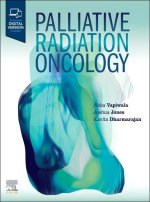
Palliative Radiation Oncology
265.27 € -

Roitt's Essential Immunology 13e
64.54 € -
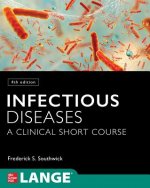
Infectious Diseases: A Clinical Short Course
112.01 € -

CT Anatomy for Radiotherapy
96.57 € -

Bethesda Handbook of Clinical Oncology
71.19 € -3 % -

How to Starve Cancer
21.99 € -19 % -
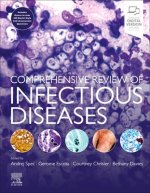
Comprehensive Review of Infectious Diseases
151.09 € -

Spillover
15.23 € -

Healing Lyme Disease Coinfections
17.69 € -16 % -

Allergic to Life
41.63 € -9 % -
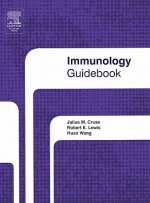
Immunology Guidebook
289.31 € -
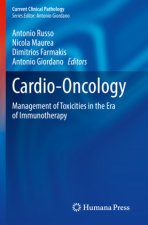
Cardio-Oncology
119.28 € -

Schaum's Outline of Immunology
32.22 € -

Emperor of All Maladies
12.57 € -21 % -

Natural Treatments for Lyme Coinfections
17.18 € -19 % -

Oxford Handbook of Clinical Immunology and Allergy
37.54 € -14 % -
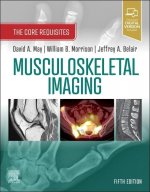
Musculoskeletal Imaging
90.43 € -

Graphic Guide to Infectious Disease
53.09 € -

Health and Disease Begin in the Colon
54.31 € -

Oxford Handbook of Infectious Diseases and Microbiology
54.01 € -
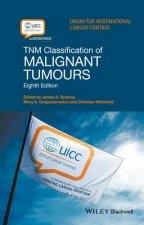
TNM Classification of Malignant Tumours 8e
61.68 € -

Cancer and the New Biology of Water
25.05 € -4 % -

Basic Immunology
64.75 € -5 % -

Autoimmune Solution
12.27 € -23 % -

p53
13.90 € -20 % -

Lanzkowsky's Manual of Pediatric Hematology and Oncology
222.19 € -

Principles of Gynecologic Oncology Surgery
382.40 € -

Radiation Oncology Management Decisions
120.61 € -2 % -

Netter's Infectious Diseases
85.62 € -9 % -

Atlas of Multiparametric Prostate MRI
214.11 € -
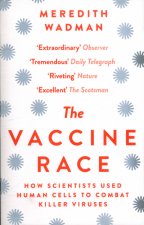
Vaccine Race
12.27 € -23 % -

Complete Guide to Breast Cancer
18.71 € -23 % -
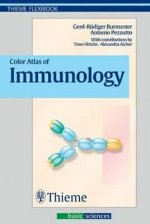
Color Atlas of Immunology
24.65 € -

Compatibility Gene
12.27 € -23 % -

Key to Self-Liberation
86.44 € -
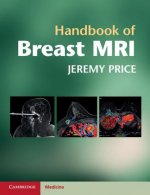
Handbook of Breast MRI
137.49 € -
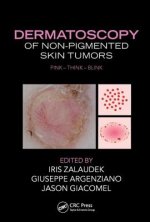
Dermatoscopy of Non-Pigmented Skin Tumors
236.11 € -

Breast Ultrasound
107.41 € -

Manson's Tropical Diseases
277.85 € -

Abeloff's Clinical Oncology
476.52 € -
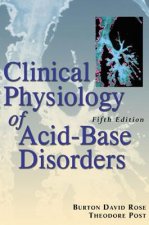
Clinical Physiology of Acid-Base and Electrolyte Disorders
120.61 € -
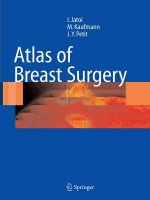
Atlas of Breast Surgery
314.37 € -
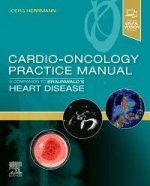
Cardio-Oncology Practice Manual: A Companion to Braunwald's Heart Disease
153.65 € -
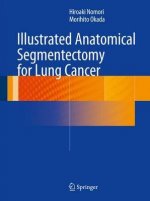
Illustrated Anatomical Segmentectomy for Lung Cancer
178 € -
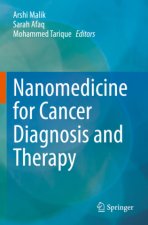
Nanomedicine for Cancer Diagnosis and Therapy
251.97 € -

Chemotherapy Protocols and Infusion Sequence
119.28 €
Osobný odber Bratislava a 2642 dalších
Copyright ©2008-24 najlacnejsie-knihy.sk Všetky práva vyhradenéSúkromieCookies


 21 miliónov titulov
21 miliónov titulov Vrátenie do mesiaca
Vrátenie do mesiaca 02/210 210 99 (8-15.30h)
02/210 210 99 (8-15.30h)